Hi everyone. I'm reaching out for some guidance regarding the newest additions to my quarantine tank. Yesterday, I introduced several fish, but I'm unsure about the specific species of a few of them and have some concerns about their health. I received a fish with an orange/yellow stripe and a gray body alongside cherry barbs. It was purported to be a cherry barb, but its appearance has me questioning if it might be a rasbora instead. Any insights on distinguishing between the two would be greatly appreciated.
Additionally, one of my cherry barbs seems to have a bent spine. After researching, I learned it could be genetic, but I want to ensure it's not indicative of a more serious issue like fish TB. Any advice on distinguishing between genetic deformities and potential health concerns would be invaluable.
I'm uncertain about the identification of the white-colored fish, orange-spotted fish, and black-colored fish. Are they mollies or platies? The white and orange ones appear healthy, but I'm worried about the black one, as it exhibit small white streaks/patches on its body. Could this indicate ich or is it a natural variation? All fish are displaying normal behavior and appetite.
Additionally, one of my cherry barbs seems to have a bent spine. After researching, I learned it could be genetic, but I want to ensure it's not indicative of a more serious issue like fish TB. Any advice on distinguishing between genetic deformities and potential health concerns would be invaluable.
I'm uncertain about the identification of the white-colored fish, orange-spotted fish, and black-colored fish. Are they mollies or platies? The white and orange ones appear healthy, but I'm worried about the black one, as it exhibit small white streaks/patches on its body. Could this indicate ich or is it a natural variation? All fish are displaying normal behavior and appetite.
Attachments
-
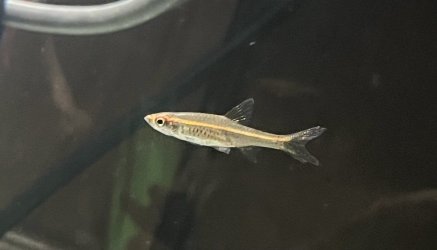 IMG_6852.jpg108.5 KB · Views: 57
IMG_6852.jpg108.5 KB · Views: 57 -
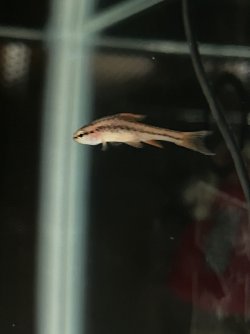 IMG_6854.jpg121.7 KB · Views: 51
IMG_6854.jpg121.7 KB · Views: 51 -
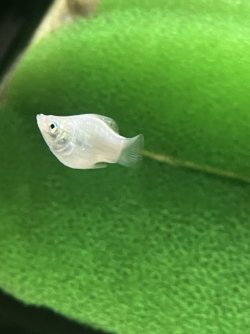 IMG_6855.jpg155.8 KB · Views: 38
IMG_6855.jpg155.8 KB · Views: 38 -
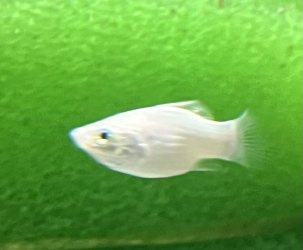 IMG_6856.jpg139.4 KB · Views: 38
IMG_6856.jpg139.4 KB · Views: 38 -
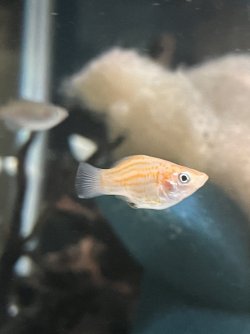 IMG_6860.jpg158.8 KB · Views: 41
IMG_6860.jpg158.8 KB · Views: 41 -
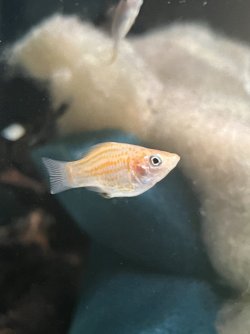 IMG_6861.jpg154 KB · Views: 41
IMG_6861.jpg154 KB · Views: 41 -
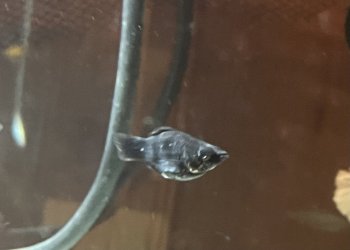 IMG_6873.jpg130.2 KB · Views: 42
IMG_6873.jpg130.2 KB · Views: 42 -
 IMG_6875.jpg163.5 KB · Views: 44
IMG_6875.jpg163.5 KB · Views: 44 -
 IMG_6876.jpg206.4 KB · Views: 36
IMG_6876.jpg206.4 KB · Views: 36 -
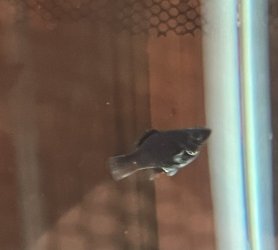 IMG_6877.jpg160 KB · Views: 36
IMG_6877.jpg160 KB · Views: 36 -
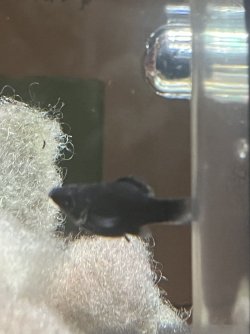 IMG_6879 (1).jpg187 KB · Views: 42
IMG_6879 (1).jpg187 KB · Views: 42

